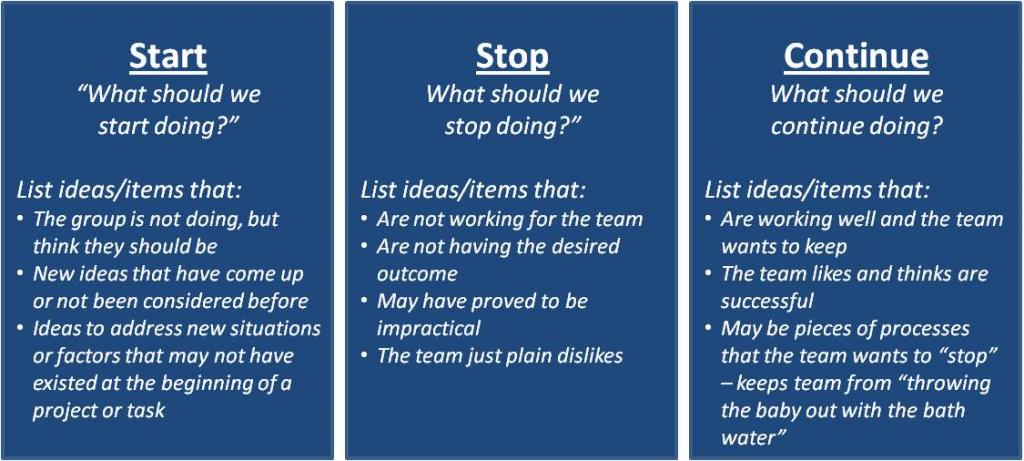As a campus activities professional or student organization advisor, you already know that the constitution is a crucial, yet often underappreciated, part of guiding a student organization.
Whether it’s a brand new astronomy organization or a long-standing outdoor adventure club, at one point or another, the student leaders in charge will need to methodologically revamp and rework the documents that govern how they operate.
It doesn’t matter if they’re a large national organization as old as the institution itself; New perspectives, new leadership, and changing times require constitutional updates.
So read on, fellow student activities and advising pros, and get inspired to make your constitutions the shining guiding documents they should be!
1. Spark the conversation
Take some time to reflect on past and present constitutions and how they’ve affected your students’ organizations.
Ask your students to think critically about decisions, policies, traditions, and conflicts that have molded the organization into what it is today.
The Stop, Start, Continue change model is a great method for understanding where an organization needs to focus its efforts most. It’s a really helpful technique — whether you’re evaluating events, election processes, or conflict remediation methods.
Here’s an outline of how the model works:

Reworking constitutions is a great time to holistically reflect on what’s working well and what’s going not-so-well for your organization.
Discuss the following:
- What traditions are working well, are hindering us, feel outdated, or are ignored? How can we modify old procedures to be more efficient? How can we alter traditions, events, and workings to address needs and concerns? (For example: Purchasing event food from Black-owned restaurants in order to support the Black Lives Matter movement).
- What notable issues have arisen recently? (For example: issues relating to student conduct, interpersonal conflicts, or disagreements with other student organizations). What has worked well in remediating them How can we improve in addressing issues? How has the organization changed as a result?
- What are some ideas for the organization that have come up or have not been considered before? How can we garner new ideas? (For example: polling members, having a brainstorming session, and reaching out to the campus activities office)
- What do we need to improve upon? How can we assess our strengths and weaknesses? (For example: gathering data on event attendance, asking an advisor for guidance, or examining data on social media engagement)
This list of questions is certainly not exhaustive. Rather, it’s a generic framework for getting the conversation rolling. Remember to include all stakeholders (including advisors and general members, not just executive board leaders) to garner critical feedback and diverse viewpoints in guiding your new constitution.
2. Decide on a goal or vision for the organization
In what direction is your organization hoping to move?

Some goals might include:
- Increasing membership
- Improving member engagement
- Hosting more events and/or improving annual ones
- Ramping up fundraising efforts
- Boosting campus awareness or reputation of the organization
- Improving internal and/or external conflict resolution
- Growing the quality and quantity of collaboration with other organizations
I recommend starting with a brainstorming session with all stakeholders and whittling down to a list of your top two or three goals.
After the organization has decided on its most critical priorities, keep them in mind as you rework the constitution; these goals should be your key influencers for drafting and proposing changes.
3. Clarify, clarify, clarify

Running a student organization and writing a constitution can be complicated for everyone, from new student leaders to seasoned SA pros.
But remember that the constitution is meant to be a guiding document — to be referred to for critical details in leading the organization.
There are a number of areas that I strongly recommend paying particular attention to in revamping your constitution:
- Officer elections: Requirements for running, campaigning guidelines, and guidelines for the transition of power
- Officer roles and expectations: Expectations of officers in leadership roles, term lengths and restrictions, and processes for removal
- General membership requirements: Attendance, time commitment, dues, conduct, and other expectations of general members
- Conflict remediation: Committee members, advisor involvement, and guidelines for decision making
- Budgeting: Guidelines on approvals, purchases, and reimbursements
- Fundraising: Institutional and organizational regulations on how to fundraise; and transfer of funds to accounts, donations, and/or campus activities department.
- Dissolution: Guidelines on how to terminate the organization should the students leaders decide to do so or be mandated to
- External contacts: Important information regarding campus resources and their roles with the organization (such as the student activities office, campus conferences and events, and campus security) and off -campus resources (such as regional or national headquarters, businesses providing sponsorship, and nonprofits the organization donates to)
4. Remember that your constitution is a living document
If the group’s vision for the future changes or the needs of its members takes a turn, alter the constitution as needed.
Here are a few questions to evaluate whether the changes the organization has made are successful:
- Are executive board/leadership following the new guidelines? Are new leaders consulting the constitution for guidance?
- Are new members following the guidelines? What feedback has been received about the changes? Was the new constitution shared with members in an accessible form or is it difficult to locate?
- What data supports or does not support that the changes have been successful? What measurements have been put in place to evaluate success?
- Have advisors, headquarters, and/or campus activities professionals discussed or made comments on your constitution’s updates? Can you reach out to these groups or individuals for support and feedback?
As someone who has worked with dozens of student organizations, I’ve learned that a perfect constitution does not exist. So rather than striving for perfection, seek to gain meaningful feedback and allow data and discussion to inform amendments and decisions for the betterment of the group.

I know that reworking a constitution isn’t the most glamorous part of advising student organizations but it is truly vital for the betterment of the organization.
Whether you’re discussing member retention, fundraising, or electing a new executive board, these conversations can lead to increasingly improved student experiences and outcomes. With purposeful discussion and evaluation, you can build a strong document to guide the organization’s (and its members’) development.
What are some of your own top tips for revising student org constitutions? Connect with us on Twitter @themoderncampus.





